From high-powered rockets reaching for the stars to the thrilling training of astronauts for worst-case scenarios, space exploration captivates our imagination. But did you know that a tiny, unassuming device called a gyroscope connects these epic endeavors? Prepare to be astounded as we unveil the hidden role of gyroscopes in space, technology, and everyday life. Picture a wheel spinning freely around an axle, defying the forces that try to change its orientation. This is the essence of a gyroscope.
And here's where the plot thickens: it's not just rockets and astronaut training where gyroscopes shine. They even connect unexpectedly to the mesmerizing Hubble telescope, capturing breathtaking images that expand our understanding of the cosmos. We'll also uncover a quirky tale involving the "Mile High Club." So get ready for a mind-bending journey through history, innovation, and the unexpected applications of this extraordinary device. Let's delve into the fascinating world of gyroscopes, where adventure and ingenuity collide!
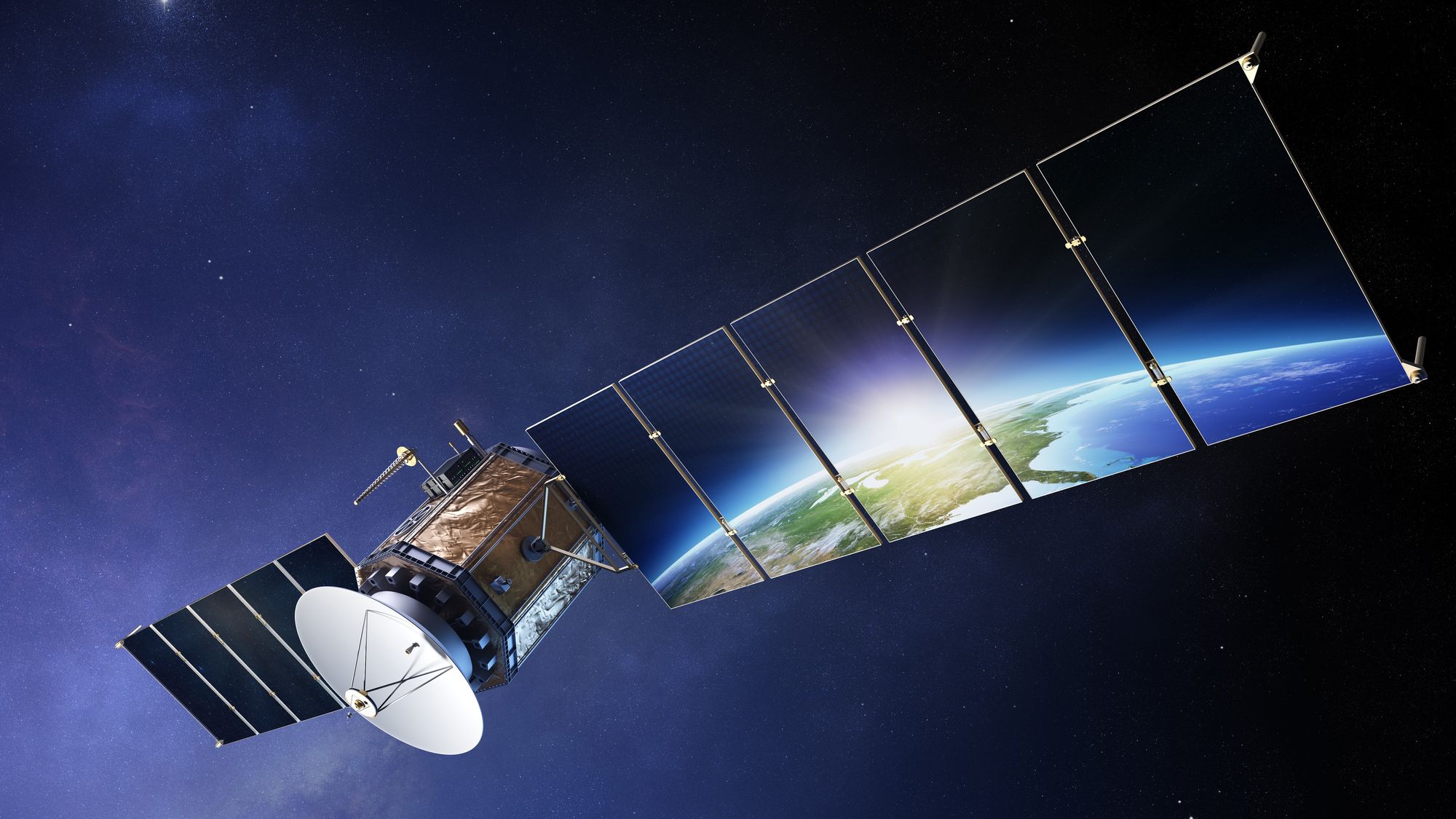
The Gyroscope's Significance in Inventions
Throughout the past two and a half centuries, the gyroscope has played a vital role in numerous groundbreaking inventions, leaving an indelible mark on human progress. Its influence stretches far and wide, permeating diverse fields and technologies with its remarkable capabilities.
Imagine a bike wheel suspended by strings, perfectly balanced, and spinning effortlessly. This simple yet captivating illustration showcases the fundamental principle of a gyroscope—a device designed to resist any changes to its orientation. This unique characteristic sets the gyroscope apart and makes it indispensable in countless inventions.
Over time, the gyroscope has undergone a remarkable transformation in size. From its early bulky iterations to the sleek and compact forms we see today, gyroscopes have been miniaturized to fit within the palm of our hands. This size reduction has been a game-changer, enabling their integration into various devices and technologies.
One significant milestone in the gyroscope's journey occurred in 2010 with the introduction of the 3-axis gyro in the iPhone 4. This groundbreaking inclusion revolutionized the way we interact with our smartphones. Suddenly, the device could detect motion on multiple axes, opening doors to new possibilities in gaming, photo straightening, virtual furniture placement, and image stabilization. The 3-axis gyro catapulted gyroscopic technology into the mainstream, forever changing the landscape of mobile devices.
Gyroscopes in Early Times

The evolution of gyroscopes continued with their foray into aviation and military technology. These remarkable devices found their way into groundbreaking applications that revolutionized warfare and air travel.
Gyroscopes played a crucial role in boosting the range and accuracy of torpedoes. Using gyroscopic stability, torpedoes became more effective, allowing for precise navigation and increased impact. This advancement significantly enhanced the capabilities of naval forces and marked a turning point in naval warfare.
The French experimental physicist Léon Foucault made history when he conducted his famed pendulum experiment at Paris' "Observatoire de Paris." This experiment marked an important turning point in experimental physics after over 200 years of searching; this test provided experimental proof of Earth's rotation. Soon after, this experiment was repeated at a greater scale at Pantheon before going global by the summer of 1851 and becoming one of the most significant experiments ever performed in physics history.
However, Foucault was not satisfied to stop there. His groundbreaking work extended further through innovation and invention, eventually inventing the gyroscope in 1852 to gain even greater evidence of Earth's rotation. Today his legacy lives on in experimental physics, inspiring generations of scientists to push beyond the boundaries of what they thought possible.
World War I saw the emergence of Elmer Sperry and his groundbreaking compass innovation. Sperry replaced traditional magnetic compasses with gyro compasses, offering unparalleled accuracy and reliability. This advancement was instrumental in guiding warships, ensuring their accurate navigation even in the most challenging conditions.
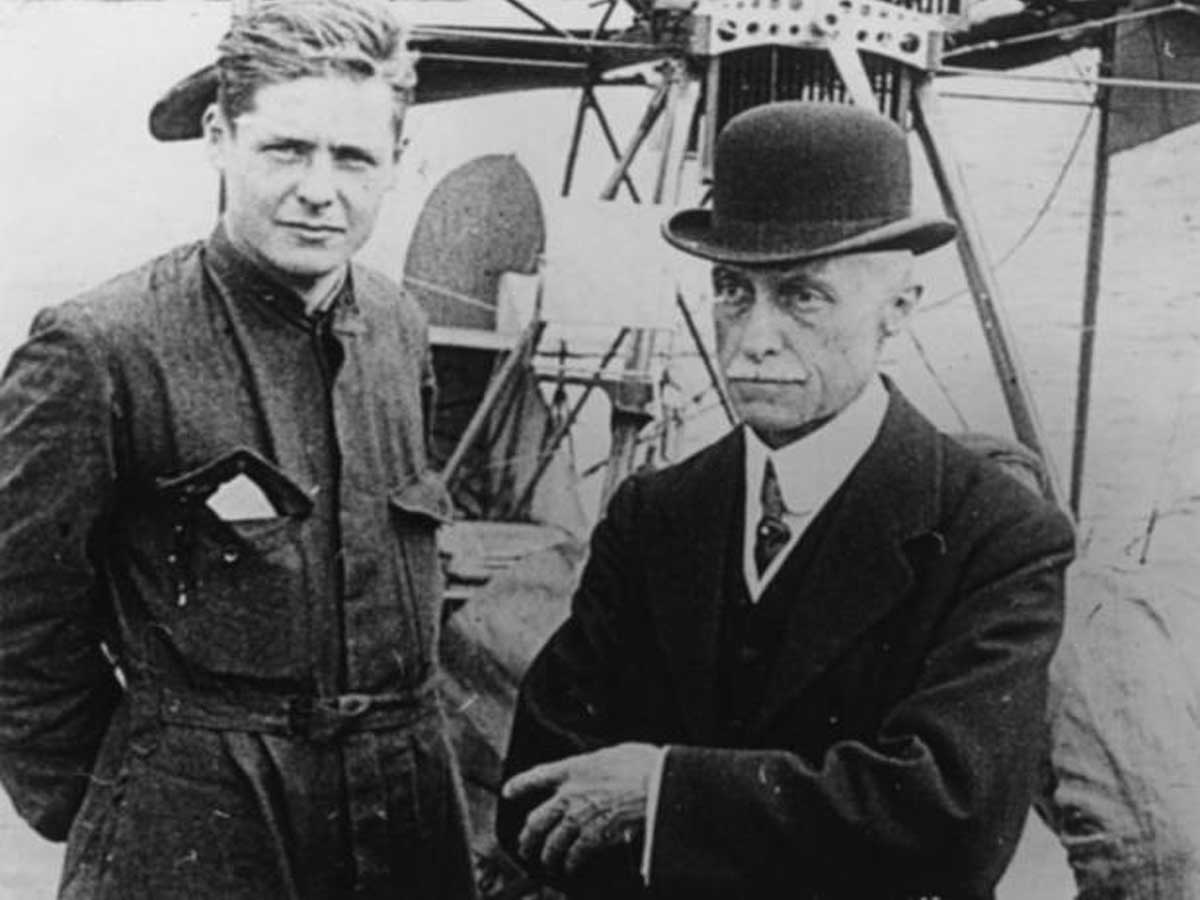
Another pioneering figure in gyroscopic technology, Lawrence Sperry, made his mark with an invention that had an intriguing tale associated with it. Lawrence Sperry's autopilot system utilized a smaller gyrocompass, enabling aircraft to maintain stable flight without constant manual control. This innovation earned Sperry an interesting anecdote, as he and a lady friend allegedly became part of the infamous "mile high club" during a demonstration flight, adding a touch of scandal to the story of gyroscopic advancements.
Gyroscopes in the Space Age and Beyond
As humanity entered the space age, gyroscopes played an integral role in various significant endeavors. Let's explore their remarkable contributions and their impact on shaping the future of space exploration.
German engineers employed gyroscope technology during World War II in their V1 and V2 rockets. Gyroscopes were essential, providing stability and control as these powerful rockets navigated their courses across the sky. Together, these powerful weapons demonstrated just how influential gyroscopic tech could be in propelling humanity to new heights of warfare history.
In the 1950s, advancements in autopilot systems brought gyroscopes to the forefront of aviation. Push-button airplanes, a marvel of their time, relied on gyroscopic stabilization to enhance flight control. As a result, pilots could now rely on the steady hand of gyroscopes to maintain stable flight, making aviation safer and more accessible.
As NASA embarked on its ambitious space exploration missions, gyroscopes became indispensable in astronaut training and spacecraft maneuvering. Astronauts underwent rigorous training to familiarize themselves with the dynamics of spacecraft control, and gyroscopes played a vital role in simulating the zero-gravity environment. One notable training tool was the gimbal rig, which replicated the sensation of weightlessness, helping astronauts develop their spatial awareness and adaptability in space.
The pivotal role of gyroscopes extended beyond training to the actual control of spacecraft. In the intricate dance of maneuvering through the cosmos, gyroscopes provided the necessary stability and precision to ensure the success of NASA's missions. In addition, they enabled spacecraft to maintain their orientation, aiding in the accurate pointing of instruments, tracking celestial objects, and capturing invaluable data.
One of the most impressive applications of gyroscopes in space exploration was their incorporation into Hubble Space Telescope to ensure its stability and precision while compensating for external forces such as thermal expansion or residual air resistance. Together with advanced optics and stabilization mechanisms such as these gyroscopes propelled Hubble to incredible heights of exploration, allowing us to witness space's mysteries first-hand!
Miniaturization and Advancements: The Rise of MEMS Gyroscopes

As technology continues its relentless march forward, the realm of gyroscopic innovation transforms. Enter the era of MEMS gyroscopes, the cutting-edge fusion of mechanics and electronics on a single chip. These remarkable devices have revolutionized the world of gyroscopes, pushing the boundaries of miniaturization, efficiency, and accessibility to unprecedented levels.
Through intricate fabrication techniques, MEMS gyroscopes can now be produced in remarkably compact sizes compared to their predecessors. This miniaturization breakthrough has opened up many possibilities, allowing gyroscopes to be seamlessly integrated into an extensive range of devices, including smartphones, gaming consoles, drones, and wearable technology.
At the heart of MEMS gyroscopes lies the utilization of the Coriolis effect, a fundamental principle named after the French mathematician Gaspard-Gustave de Coriolis. This effect describes the deflection experienced by an object's motion when it operates within a rotating system. Within MEMS gyroscopes, this phenomenon is harnessed to measure angular movement precisely.
Inside a MEMS gyroscope are microscopic vibrating structures that respond to angular motion. As the gyroscope rotates, the Coriolis effect induces a detectable shift in the vibration pattern. This shift is then captured electronically, furnishing precise information about the gyroscope's orientation and angular velocity.
The miniaturization and advancements of MEMS gyroscopes have sparked profound transformations across various industries. For example, the integration of MEMS gyroscopes in consumer electronics has unleashed a wave of motion-sensitive features in smartphones and tablets. From automatic screen rotation based on device orientation to immersive gaming experiences, MEMS gyroscopes have elevated user interactions to new heights and unlocked limitless possibilities.
Gyroscopes in Everyday Life - From Cars to Gaming
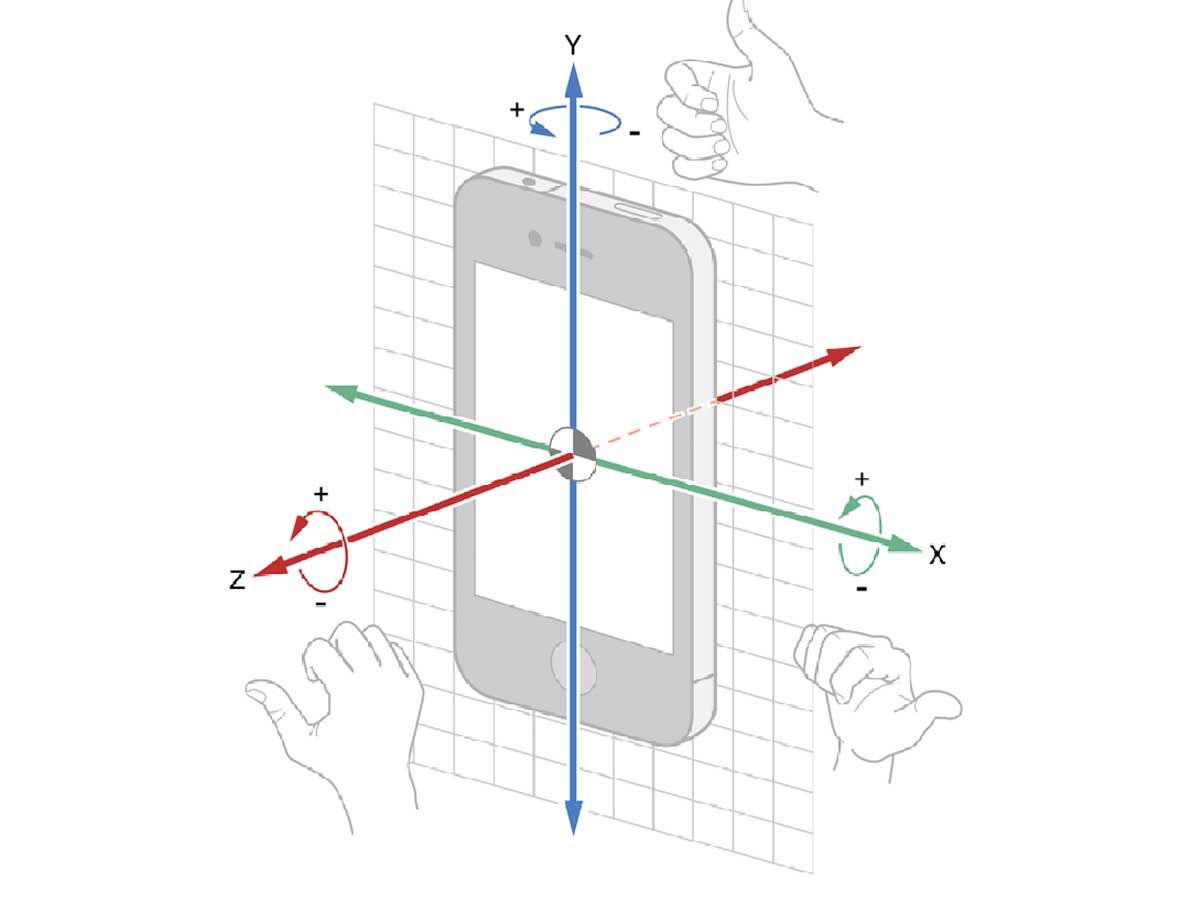
Gyroscopes have become an indispensable part of our daily lives, revolutionizing various aspects, from road safety to gaming experiences. For example, in the automotive industry, MEMS gyroscopes play a crucial role in car airbag and stability control systems, providing real-time data and making instant adjustments to optimize performance and ensure safety. A shining example of automotive innovation is Mercedes-Benz, which introduced electronic stability control utilizing MEMS gyroscopes. By monitoring movements and adjusting individual wheel brake force, these gyroscopes maintain stability, especially in challenging driving conditions, transforming the driving experience with enhanced safety and control.
Expanding beyond the automotive realm, gyroscopes have redefined interactive gaming, taking it to new levels. The Nintendo Wii console is a testament to this revolution, leveraging MEMS gyroscopes to introduce motion-tracking capabilities. As a result, players could physically manipulate on-screen characters and objects by integrating gyroscopic sensors into controllers, immersing themselves in virtual worlds. This groundbreaking use of gyroscopes brought about a paradigm shift in gameplay, captivating audiences and reshaping the gaming landscape.
In the realm of smartphones, gyroscopes have completely transformed how we interact with these ubiquitous devices. Apple's inclusion of a gyroscope in the iPhone 4 marked a significant milestone. With precise motion sensing capabilities on six axes, users could enjoy immersive gaming experiences, precise motion tracking, and augmented reality applications. Integrating gyroscopes opened up endless possibilities for developers and users alike, ushering in a new era of interactivity.
But the applications of gyroscopes go far beyond smartphones. For example, mobile gaming enthusiasts have been captivated by the immersive experiences they provide. By leveraging gyroscopes, mobile games allow users to control virtual characters simply by tilting and rotating their devices, creating a truly engaging and interactive gameplay environment. Additionally, gyroscopes play a vital role in enhancing smartphone functionality. For example, they enable features such as automatic photo straightening, aligning images with horizon lines, and facilitating virtual furniture placement in augmented reality apps, where users can visualize and position objects accurately within their physical surroundings.
Another remarkable application of gyroscopes is image stabilization technology. Gyroscopic sensors, smartphones, and cameras counteract hand movements and vibrations, resulting in stable, shake-free photos and videos. This breakthrough has revolutionized photography and videography, empowering users to capture professional-looking content effortlessly.
Gyroscopes have even found their way into smartwatches, unlocking advanced fitness tracking and fall detection capabilities. These gyroscopes accurately measure swimming strokes, allowing swimmers to monitor their performance and progress more closely. Moreover, regarding safety, gyroscopes in smartwatches play a critical role in detecting falls, providing an additional layer of protection for wearers, particularly the elderly and those at higher risk.
The Future of Gyroscopes: Endless Possibilities
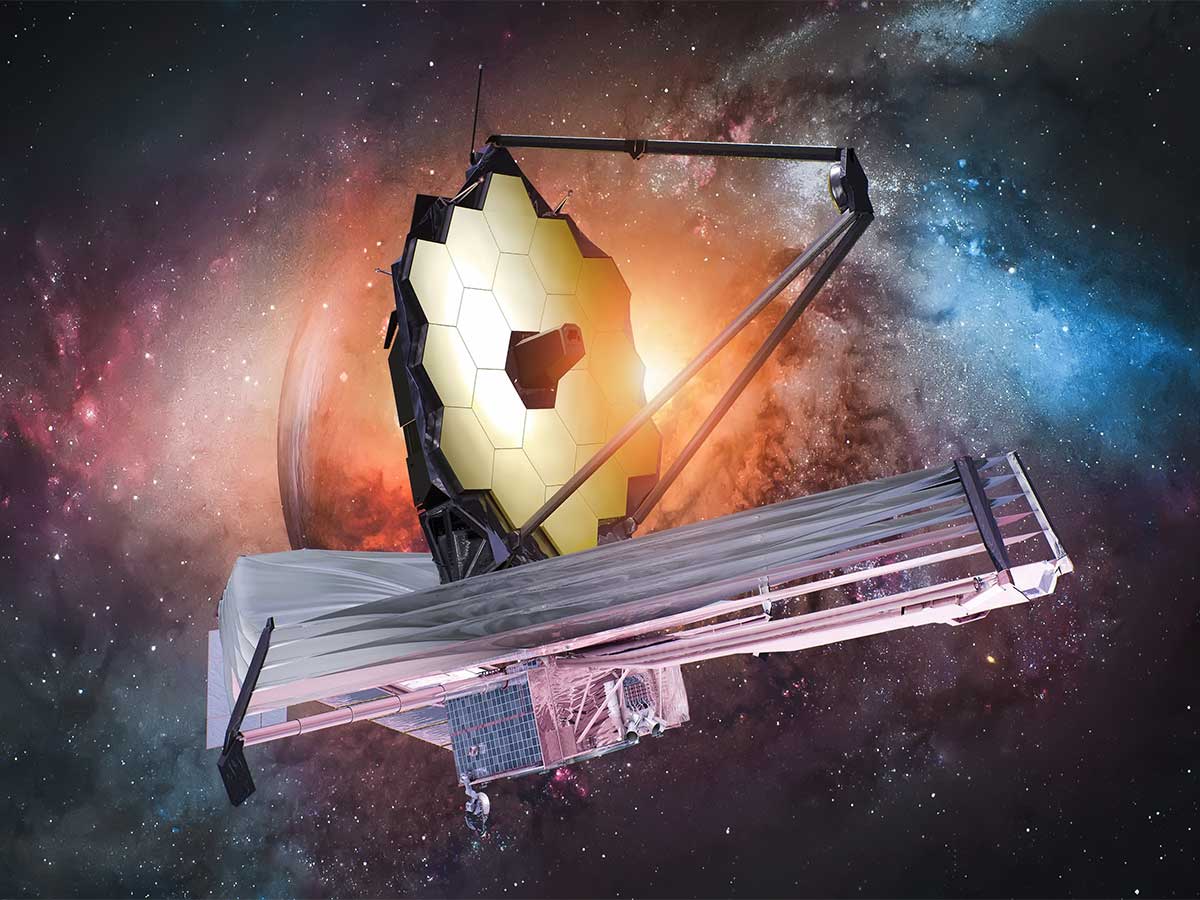
The progress of space exploration has been deeply entwined with the evolution of gyroscopic technologies, and the imminent launch of the James Webb Space Telescope exemplifies this synergy. This cutting-edge telescope, destined for space, will heavily rely on advanced gyroscopes to uphold its stability and precision as it captures awe-inspiring images and ventures into the enigmatic depths of the universe. Gyroscopes are poised to play a pivotal role in guaranteeing the telescope's triumph, enabling the opening of new frontiers in astronomical discovery.
Indoor navigation presents an arena where gyroscopes hold immense promise in terms of achieving precise positioning. Envision a future where effortlessly navigating vast indoor spaces becomes a reality, whether it's maneuvering through airports, shopping centers, or intricate architectural structures. Gyroscopes, when combined with other positioning technologies, have the potential to revolutionize indoor navigation entirely. By providing users with accurate real-time location data, these gyroscopes can enhance overall experiences within these dynamic environments, making wayfinding a seamless and efficient process.
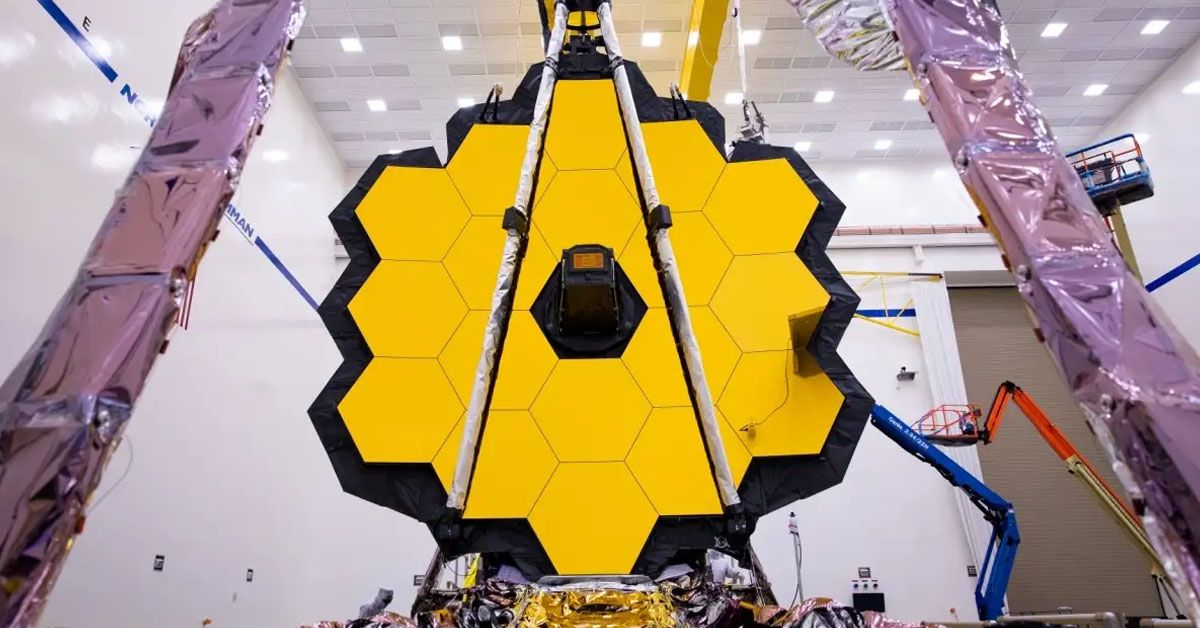
The University of Michigan stands as a beacon of pioneering research, particularly in the realm of gyroscopic innovation. Their groundbreaking studies have yielded a remarkably precise gyroscope design that offers immense potential for autonomous vehicles and navigation systems. Powered by state-of-the-art technology, this innovative gyroscope possesses unparalleled accuracy and reliability, thereby paving the way for safer and more efficient self-driving cars, drones, and robotic systems. The implications of this breakthrough stretch far and wide, poised to transform global transportation and navigation on a monumental scale.
Venturing into the realm of the extraordinary, gyroscopes are now being envisioned as a cornerstone of revolutionary transportation modes. Envision a world where unmanned electric air taxis whisk passengers through the skies, hyperloop transportation systems propel commuters at astonishing speeds, and electric hoverbikes zip through bustling cityscapes. These futuristic modes of transport rely on gyroscopes to ensure steadfast stability, precise control, and accurate navigation, heralding a new era of transportation that is not only remarkably efficient but also environmentally friendly.

Reflecting upon our journey through history, invention, and technological development, I'm filled with admiration and delight. Gyroscopes have made remarkable advances over their long development history, revolutionizing how we interact with our world while pushing beyond what was thought possible to form part of everyday life.
Sources: transducer-research-foundation.org / digitaljournal.com / imarcgroup.com / globenewswire.com / reportlinker.com / roma.ifn.cnr.it / sciencedirect.com / transducer-research-foundation.org / ncbi.nlm.nih.gov / cnet.com / space.com













